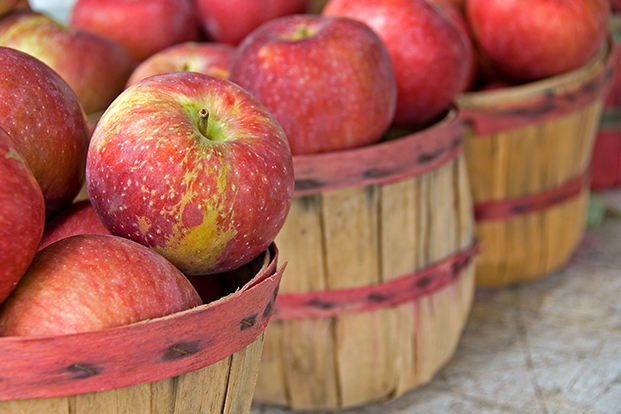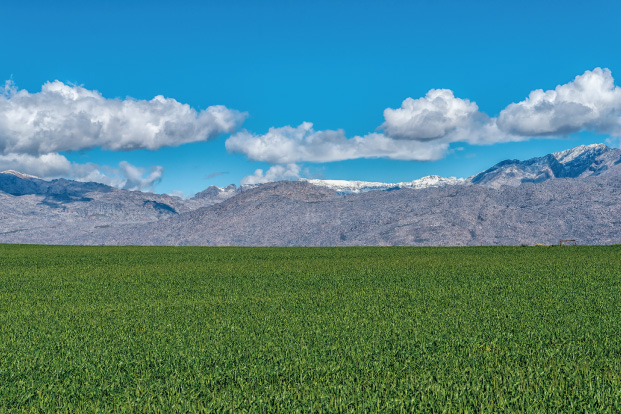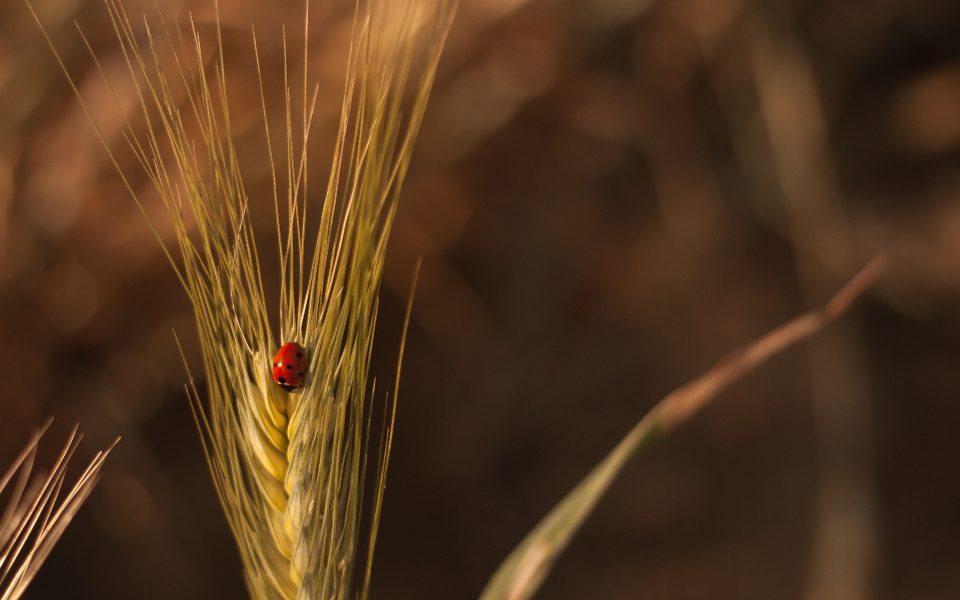How to breed the “next big thing” in the fruit world

SA’s ratings downgrades to squeeze farmers
April 18, 2017
SAFE rolls out 185 ha new citrus project in Wellington
May 2, 2017
There many different fruits on the market and within each fruit group there are many different varieties to choose from, so how do you know what will be the ‘next big thing’?
FreshPlaza spoke to Waldo Maree from South African company Stargrow to get a bit of insight into how you breed a new variety and get it on the shelves of the big retailers.
“These days growers need plant varieties that adds value throughout the supply chain. When breeding a new variety you need to look at what the consumer wants as well as what the producer wants. The changing climate can make things challenging on a production level, however growers need to be able to grow varieties that are well accepted in the market. To get the perfect balance is what we strive for,” explains Waldo.
Getting new varieties to the market
It takes years to develop and trial a new variety, from seedling to shelf. Production aspects are evaluated under different micro climates to see exactly where each different variety performs best. Consumer tests are being done, for example every two weeks during the season with the breeders and variety owners, the growers, exporters and retailers to evaluate and get feedback. Small trial blocks are planted and the fruit is sent to the customers to sample.
“To understand market acceptance, we need have relationships with the marketers and retailers. When we have good volumes of a new variety available, they will be sampled through this network and feedback is received to understand whether it will be accepted at consumer level.”
“Variety in genetics is key. Pests and disease are becoming more difficult to control and regulations on pesticides are becoming more strict, so how will it be in 10 year’s time? Some pesticides may be banned and there may be pests which we don’t have just now. You can’t necessarily plan for that, but you need to have a big base to work from, enough genetic variants to have options with different tolerances, different flesh colours, different flavours etc. It is always good to have something in your back pocket to pull out if need be.”
Read more here.



